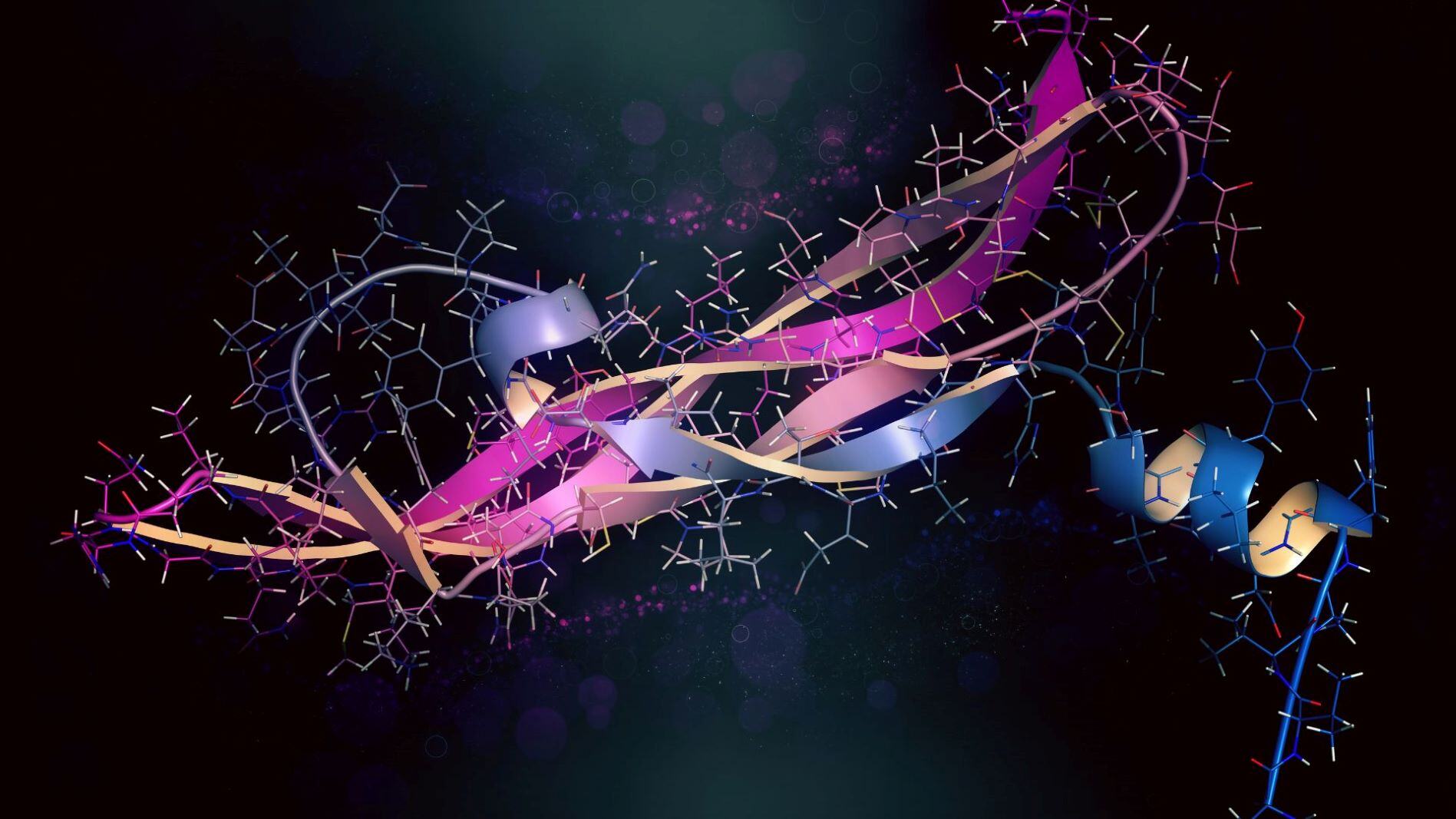Alzheimer's & Brain Awareness Month Spotlight: How Amphista Therapeutics is Tackling Neurological Disorders

Introduction
Alzheimer's disease is a progressive disease that is the leading cause of dementia in the UK. Dementia is the name for a group of symptoms associated with an ongoing decline of brain functioning. This neurodegenerative disease impacts memory, thinking skills, and other cognitive abilities. Alzheimer's affects every 1 in 14 people over the age of 65. There is currently no cure, which is fuelling the growing demand for effective therapies.
Treating Neurodegenerative Diseases using PROTACs
Tau protein plays a key role in neuronal cells to maintain their cell shape and provide routes for the transport of cargo proteins. In Alzheimer's disease, abnormal chemical changes cause tau to detach from microtubules and bind to other tau molecules, forming tangles inside neurons. This accumulation of tau protein blocks the neuron's transport system, which hinders synaptic communication between neurons.
Targeted protein degraders trigger a cell's natural disposal system to remove disease-causing proteins and provide hope of treating diseases previously thought to be undruggable. Degrading rather than inhibiting a target protein offers several advantages such as a more efficacious drug response at lower doses and a more precise intervention with less risk of side effects and disease resistance.
Case Study
Amphista Therapeutics is a biotechnology company focused on developing a pipeline of central nervous system (CNS) drugs. The company recently announced new data demonstrating in vivo efficacy of its mechanistically differentiated targeted protein degraders.
Cereblon and von Hippel-Lindau (VHL) proteins are two most common E3 ligases recruited by PROTACs to induce TPD. However, Amphista's degraders use a different protein degrading mechanism to degrade BRD9 proteins, which play a role in chromatin remodelling and regulation of transcription. Amphista Therapeutics' degrader selectively induces BRD9 to DCAF16 proximity and acts as molecular glue, leading to the rapid degradation of BRD9.
Related:
- University of Pennsylvania and FAST to Develop AAV Gene Therapy for Angelman Syndrome
- Small Molecule Targets Toxic RNA Linked to ALS and Dementia
- New Class of Molecular Glues Could Reshape Cancer Drug Discovery
Data from proteomic and genetic validation studies demonstrate that Amphista's bifunctional degraders facilitate the degradation of BRD9 by target-assisted E3 ligase recruitment. This unique mechanism selectively induces the proximity of BRD9 to DCAF16, serving as a molecular glue.
Amphista's degraders have demonstrated sustained degradation of target-protein and anti-tumour efficacy. They demonstrated a statistically significant decline in tumour burden and survival advantages in several in vivo disease models.
Further data showed that Amphista's degraders demonstrated statistically significant protein degradation when compared with over 8000 other proteins including closely related homologs when dosed at 100 times half-maximal degradation concentration (DC50). Amphista also claims that its therapies carry a lower risk of tumour resistance.
Beverly Carr, Interim CEO of Amphista Therapeutics added: "The last six months have been transformative for Amphista and these new compelling in vivo data strengthen our belief that our technology has the potential to deliver differentiated protein degrader molecules with class-leading physicochemical properties, enabling us to target a wider tissue and indication scope than traditional protein degrader approaches."
Conclusion
This case study shows Amphista's commitment to brain health. Although the FDA has not yet approved Amphista's targeted protein degraders, early results are promising. Amphista anticipates that its therapies will be able to penetrate to CNS across multiple targets. This effort represents a key step towards treating brain diseases.








